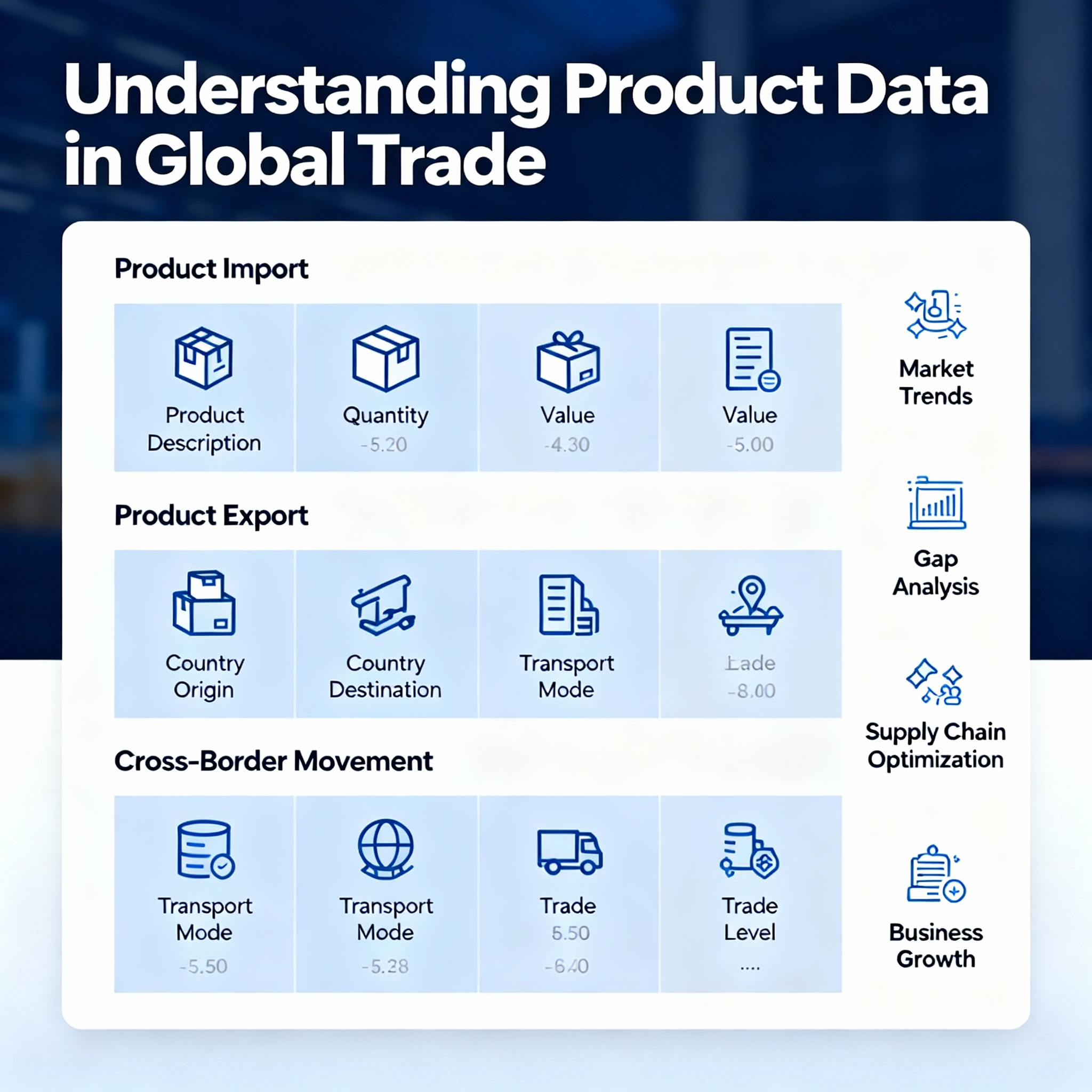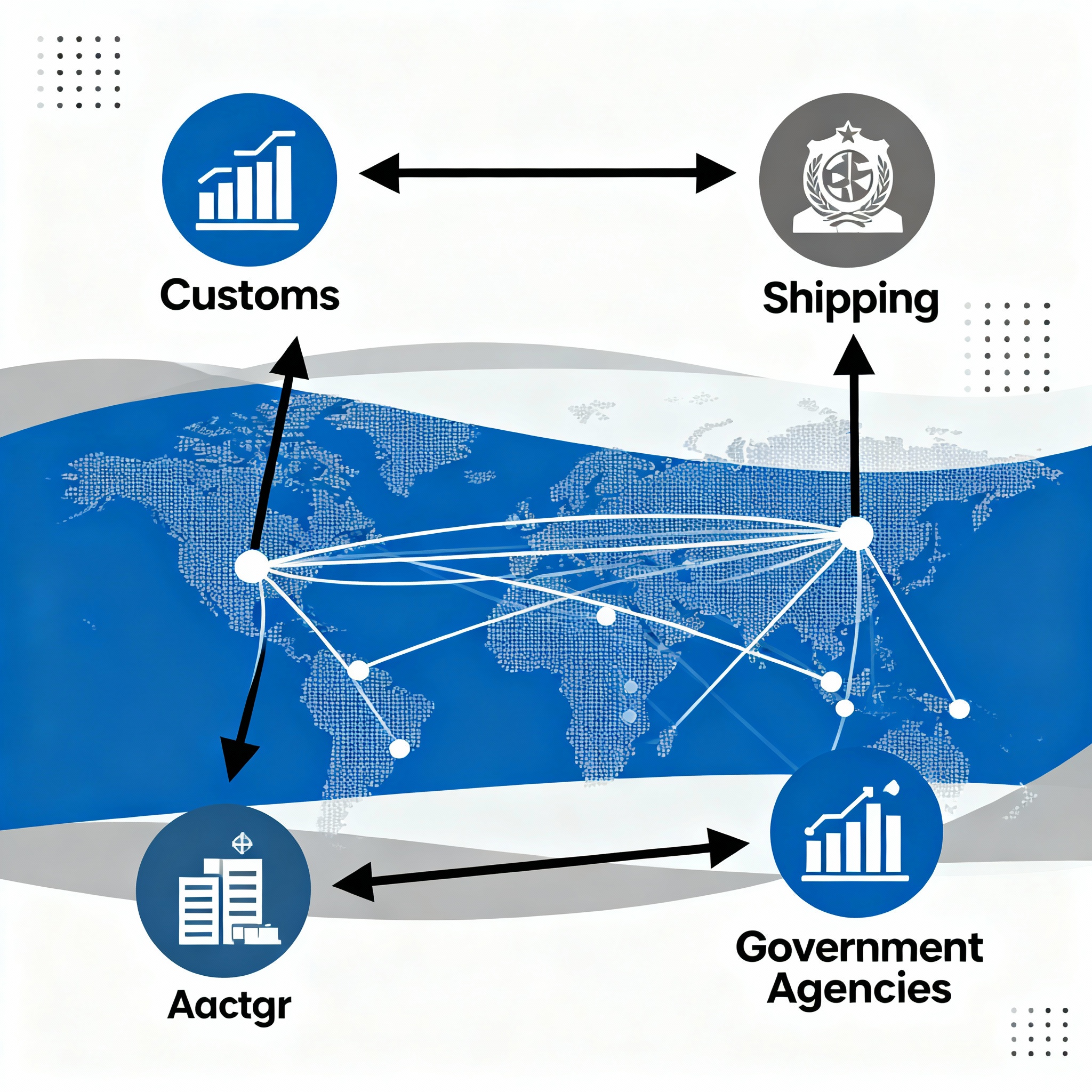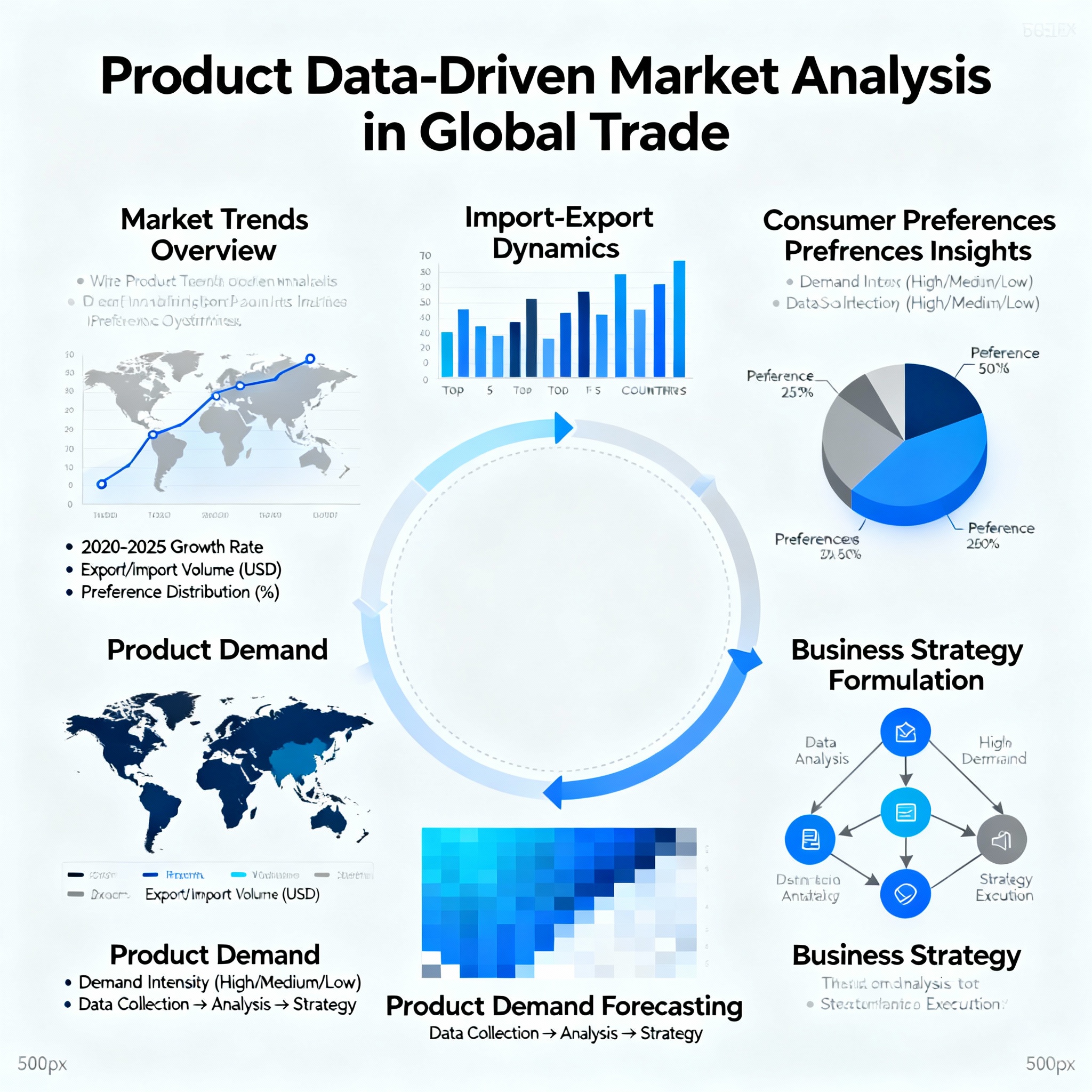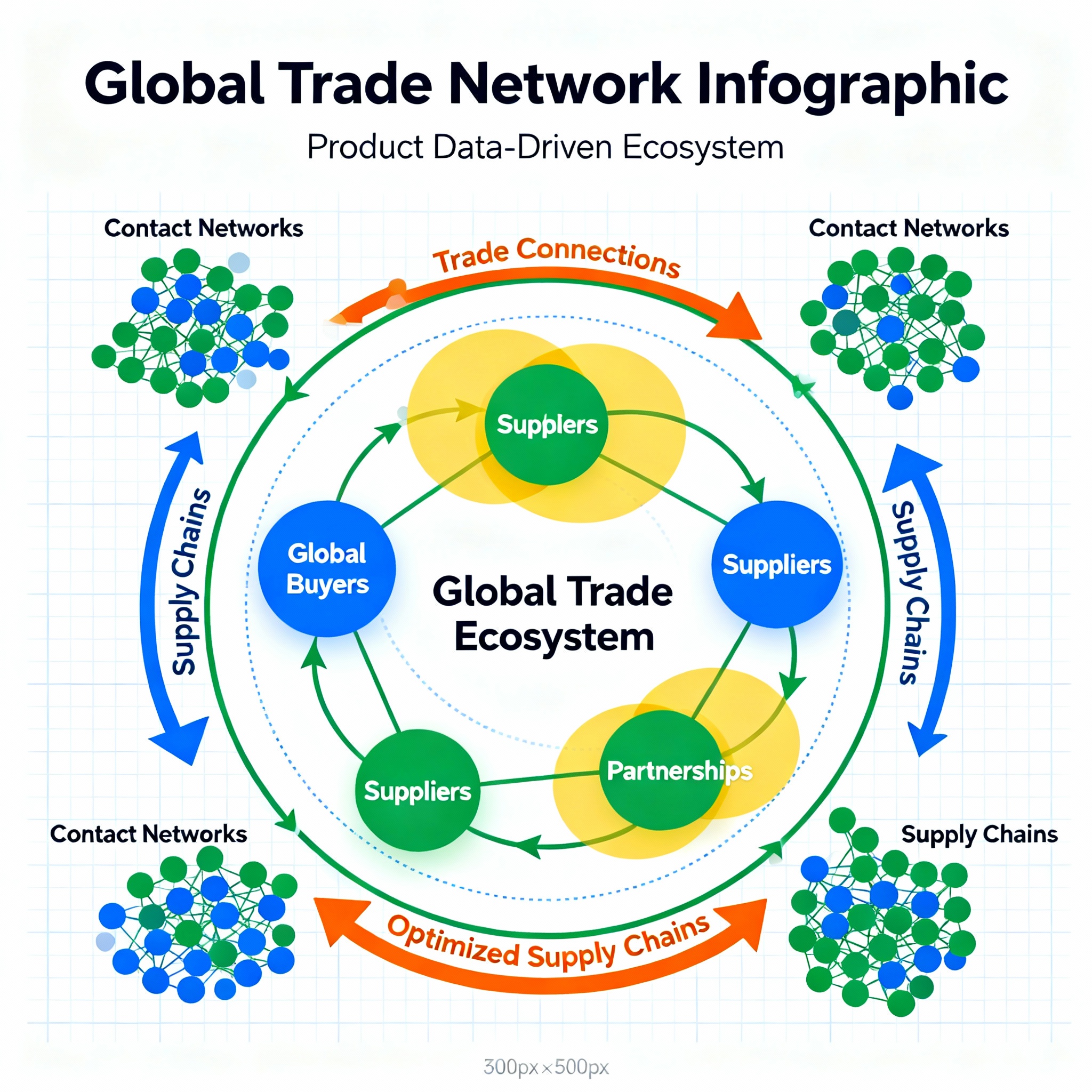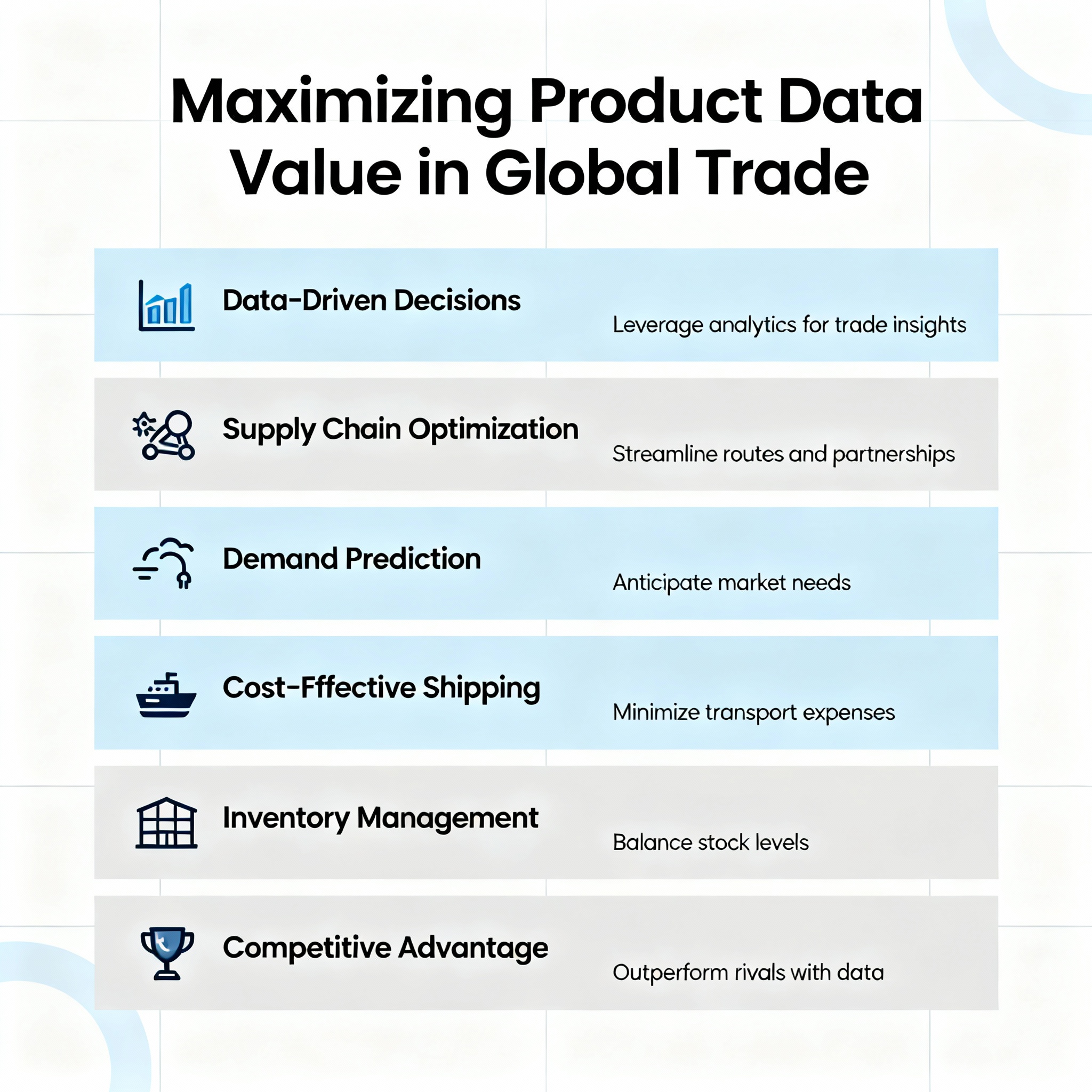Product Data: Identify Market Trends and Trade Opportunities
For businesses aiming to expand into new or unfamiliar markets, understanding import-export data at a granular level is crucial. Our tailored database solutions provide real-time insights into global shipment flows, helping you track export-import trends, demand fluctuations, and pricing movements across various industries.
Cypher is a trusted shipment data provider offering structured product-based trade data sourced from authorized customs depositories and global trade organizations. This includes HS code-based records, detailed shipment data, company information, and country-specific trade volumes.
Whether you need to buy export data in Excel or analyze market trends, our platform provides valuable insights to enhance your strategic decision-making.
Access well-detailed product-based data to make informed decisions, explore new markets, and reduce risks. Let Cypher help you identify sourcing opportunities and optimize your pricing strategies.

